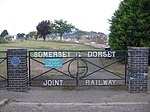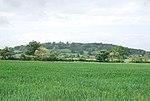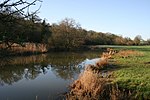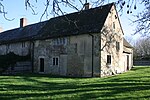St Mary's Church, Sturminster Newton
Church of England church buildings in DorsetChurches in DorsetEnglish church stubsGrade I listed churches in DorsetSturminster Newton

St Mary's Church is a Church of England Parish Church in Sturminster Newton, Dorset. The present church dates from a rebuild in 1486 by the abbots of Glastonbury. The church was heavily modified in the 19th century, but the carved wagon roof remains. The church is designated as Grade I by Historic EnglandThe church is notable for having stained glass windows by Mary Lowndes and Harry Clarke.
Excerpt from the Wikipedia article St Mary's Church, Sturminster Newton (License: CC BY-SA 3.0, Authors, Images).St Mary's Church, Sturminster Newton
Church Lane,
Geographical coordinates (GPS) Address External links Nearby Places Show on map
Geographical coordinates (GPS)
| Latitude | Longitude |
|---|---|
| N 50.9244 ° | E -2.303 ° |
Address
St Mary
Church Lane
DT10 1DB , Sturminster Newton
England, United Kingdom
Open on Google Maps






